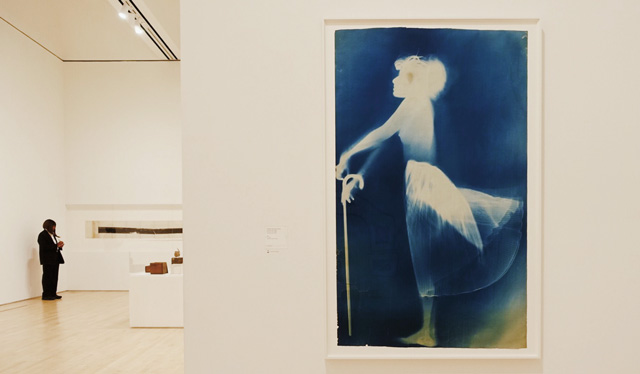Art Column
Robert Rauschenberg 1925-2008
Tiffany Wong / Ravenel Quarterly No. 24 Spring 2018 / 2018-04-17
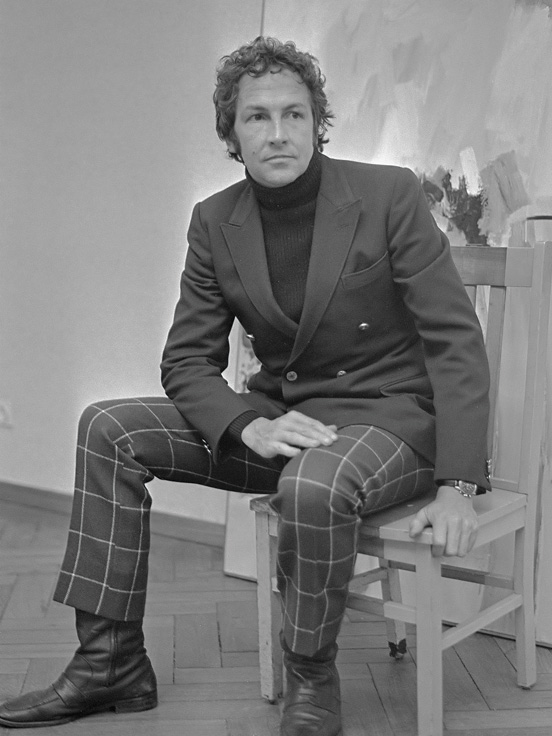
Speaking of the Contemporary master of Western Art whose global recognition had grown dramatically recently, it must be Robert Rauschenberg. With his pioneering artwork, the rebellious New York artist remains a leading status among global connoisseur.
Rauschenberg continued to create innovative works throughout his career to achieve art that attracts viewers. Since 1964, he was appraised as “The most important artist America has produced since Jackson Pollock.” It is the year Rauschenberg won the Grand Prize of Venice Biennale with his paintings that embodied silk screen printing techniques.
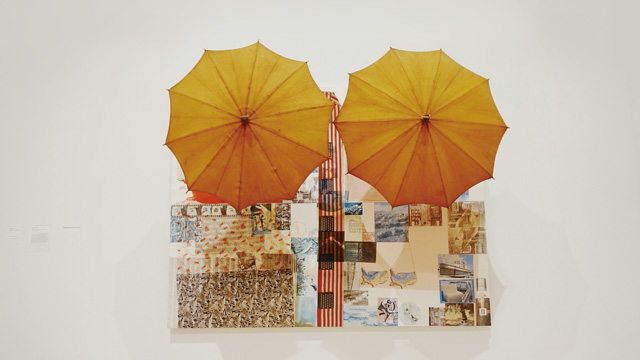
Rauschenberg was not only the popular figure among artist friends in New York, the affirmation of the international scene had further established his substantial position in the art world. However, Rauschenberg’s response to winning the Venice Biennale was to ask a friend in America to destroy all his silkscreens for him. “I am not interested in doing what I can do.” What Robert Rauschenberg pursued was the art based on constant revolution of its concept and material that will give you chills of excitement.
During the 1950s, of which Abstract Expressionism was in vogue, Rauschenberg chose the opposite way. He chose to erase a drawing of the famous Abstract Expressionist Williem de Kooning, framed it, and named it “Erased de Kooning Drawing.” This is the manufacturing procedure which have never been seen before. Instead of addition, the artist created this art with subtraction. Critics of whether the piece of paper still remain artistic value were triggered by this disappeared image. Perhaps it is the displaying of emptiness that makes this absent exquisite exceptionally precious to the viewers. On the other hand, it is also the name of Williem de Kooning that makes this art so notable at the first place. This is Rauschenberg’s manner in paying his respect to the notable master. Not only had he add on another layer of meaning for the drawing, the necessity of absolut originality to artwork had been brought forward as well.
“I am not interested in doing what I can do.”

Robert Rauschenberg had dedicated his entire life in pursuing the art based on constant revolution of its concept and material that will give you chills of excitement. The artist had been fabricating art with non traditional materials since the early stage, resulting creations that remain very modern and fascinating for now.
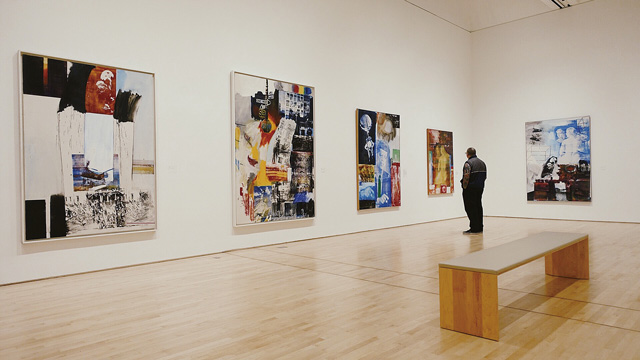
Rauschenberg never hesitate to share his new ideas, many of his works were fabricated with his close friends. “My whole area of art has always been addressed to working with other people. Ideas are not real estate.” He said. The blueprint series featuring human silhouettes were produced along his artist ex-wife Susan Weil. With one laid on the blue paper, one controlled the light, they take turns to be the artist and the model. “Untitled (Double Rauschenberg)” for example, they take lamp as their brush, light as their paint, human silhouettes appeared on the blue paper after the intended exposure. This series lands in the middle of photography, x-ray, and painting. Rauschenberg had been fabricating art with non traditional materials since the early stage, resulting creations that is still very modern and fascinating for now.
“Automobile Tire Print” was executed on the Fulton Street in New York, where John Cage, the musician, drove his Model A Ford over 20 blank papers that Rauschenberg laid on the ground. When the left fore tire pressed on the paper, a grey trace of course was made; when the left rear tire which had been covered with black ink, pressed on the paper, a clear black track was made. The print showcase the tread of tire simply and nicely, just like a alternative sheet music John Cage composed.
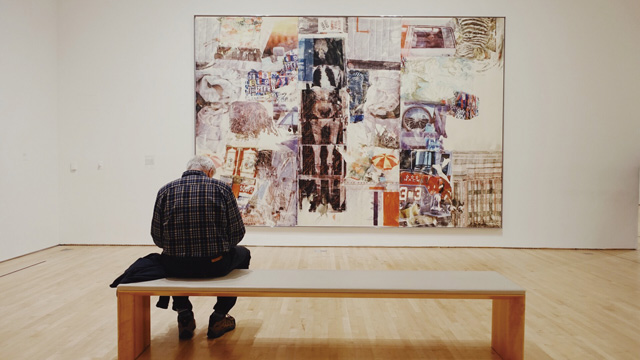
Since the era of which tape recorders were considered fashionable technology, Rauschenberg had been creating sound-activated installation art. Mud Muse, a vat of mud that bubbles on scene along the soundtrack, is another work that Rauschenberg manufactured with engineers and scientists. The complicated sound detective system will send the signals to air compression system, which further bubbles the mud, presenting a dynamic texture resembling the lunar surface. Interdisciplinary requires not only the effort of an artist, but the collaboration of experts of multiple disciplines. With the interflow of ideas and profession, combined effort can achieved art that are greater than the simple sum of individual efforts.
Rauschenberg is indeed a bizarre, rebellious artist, but he had never stop to communicate with people. Since he considered art and life are inseparable, it is essential for him to create art that could reflect people's daily life. The materials he had used including mud, tire, umbrellas, street signs, etc. Rauschenberg put elements of street directly into his art to create an obvious link. After the exhibition toured from London to New York, the retrospective of masterpieces Robert Rauschenberg: Erasing the Rules, now exhibiting at San Francisco Museum of Modern Art.
